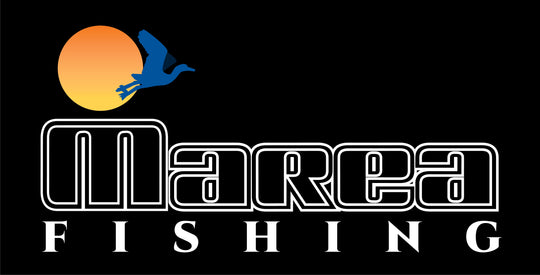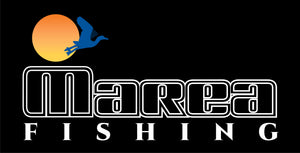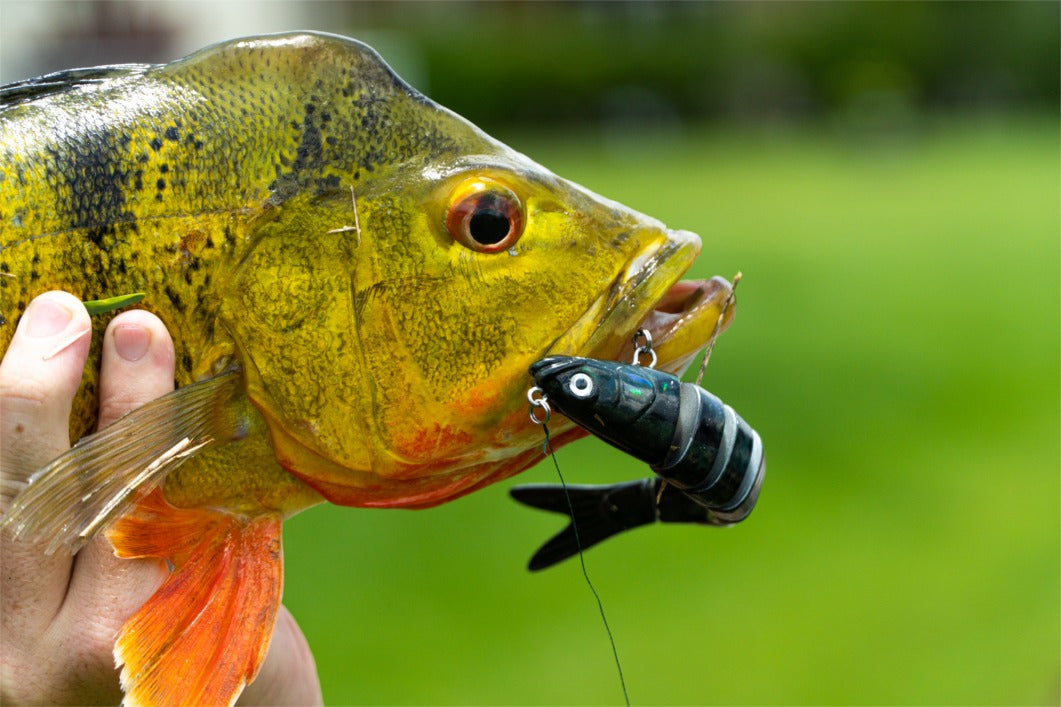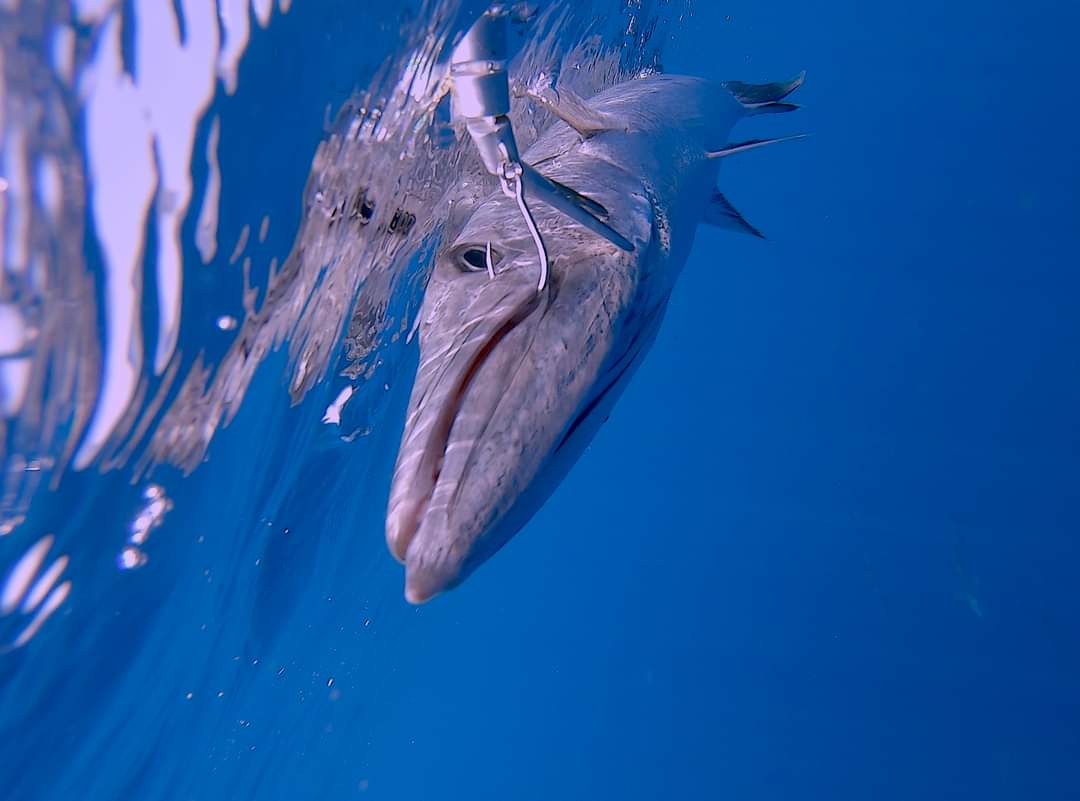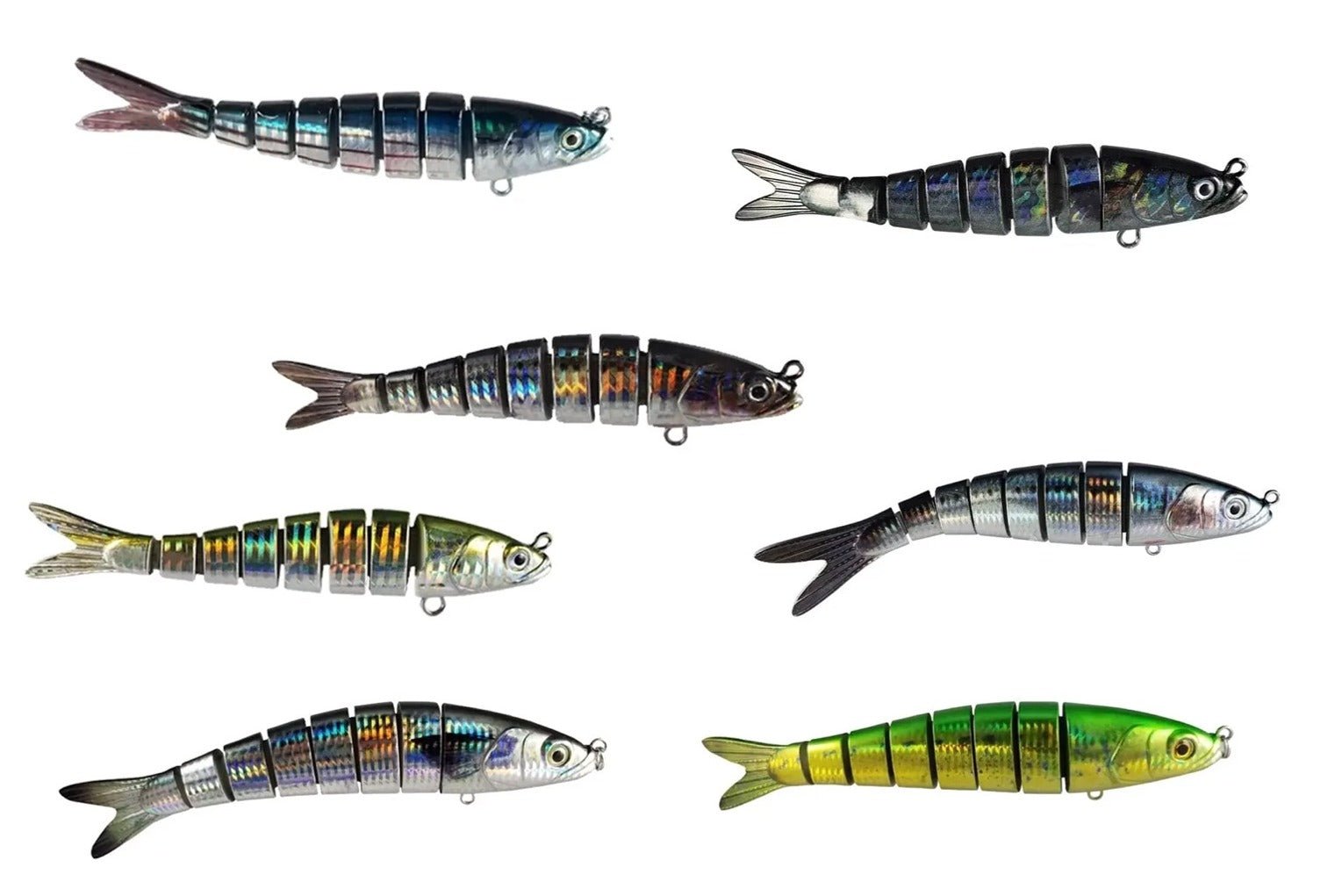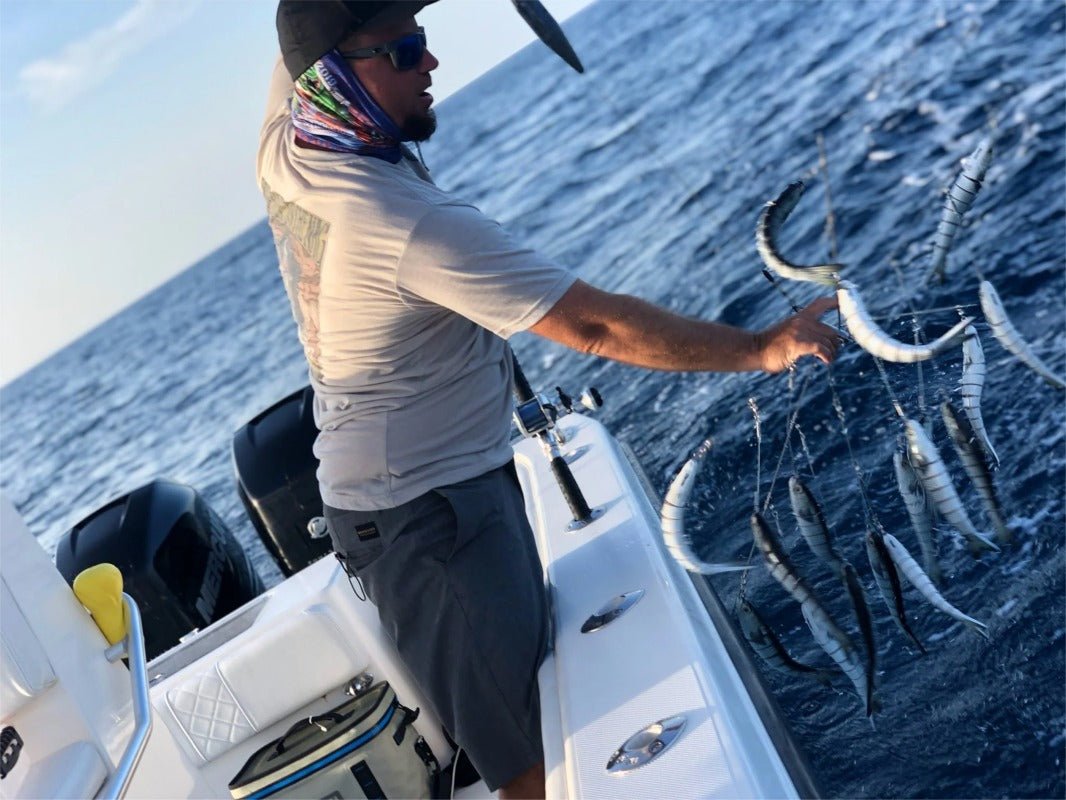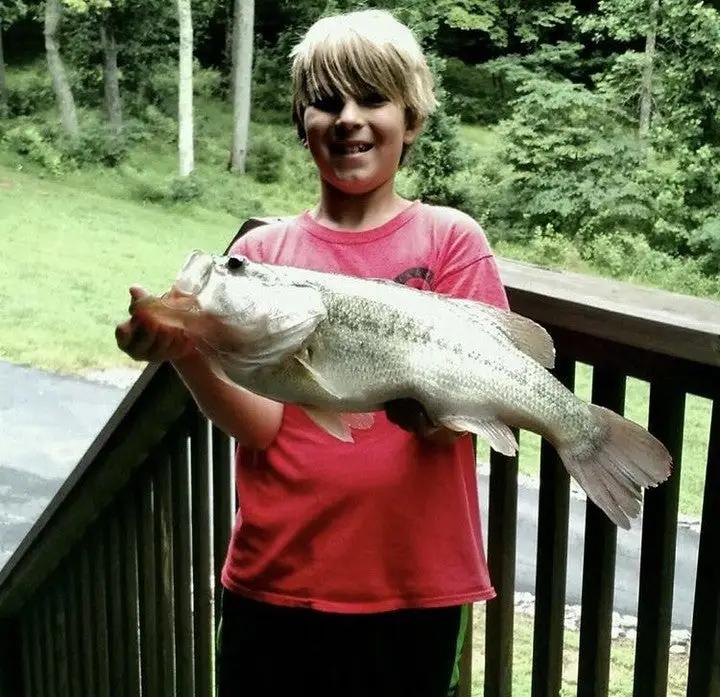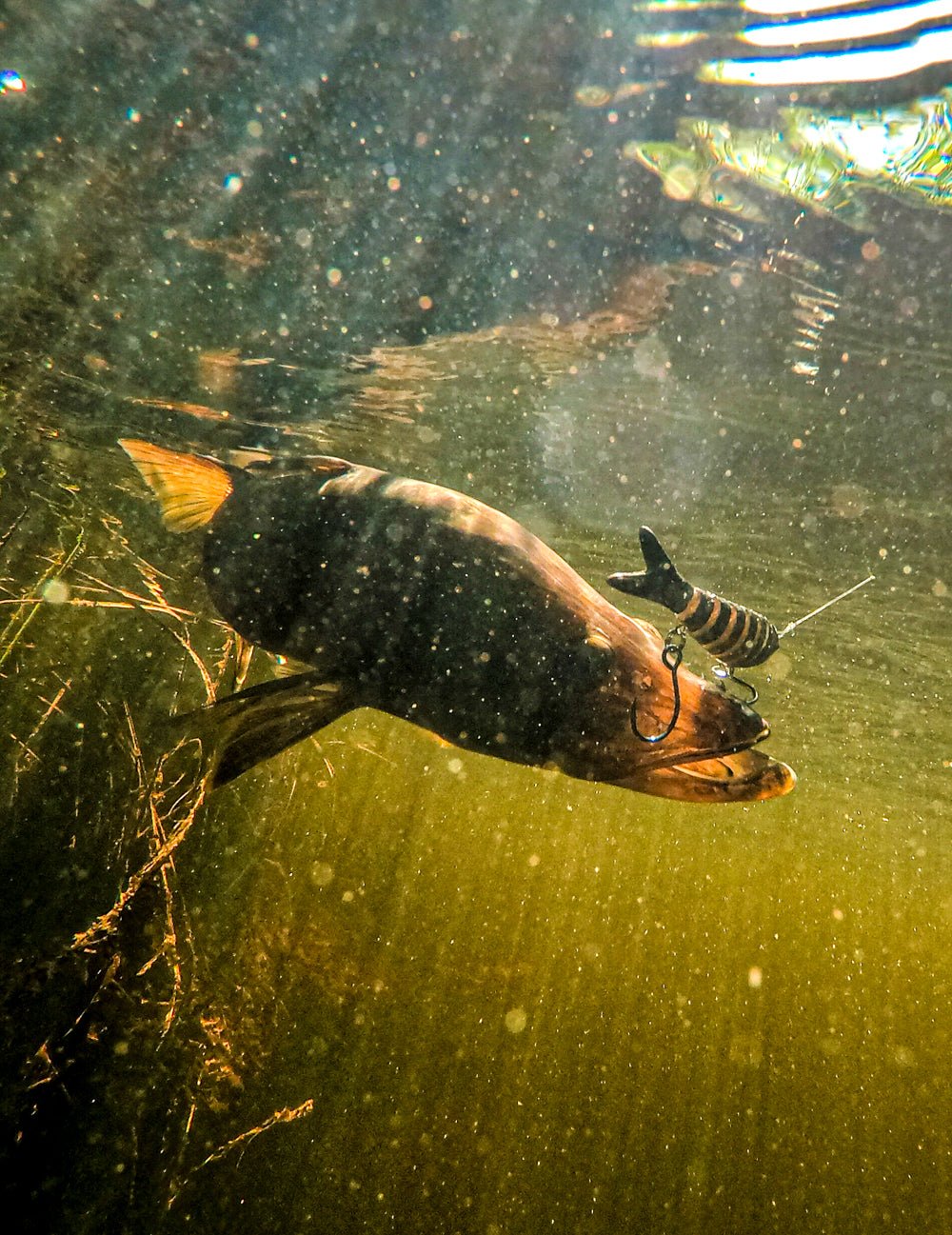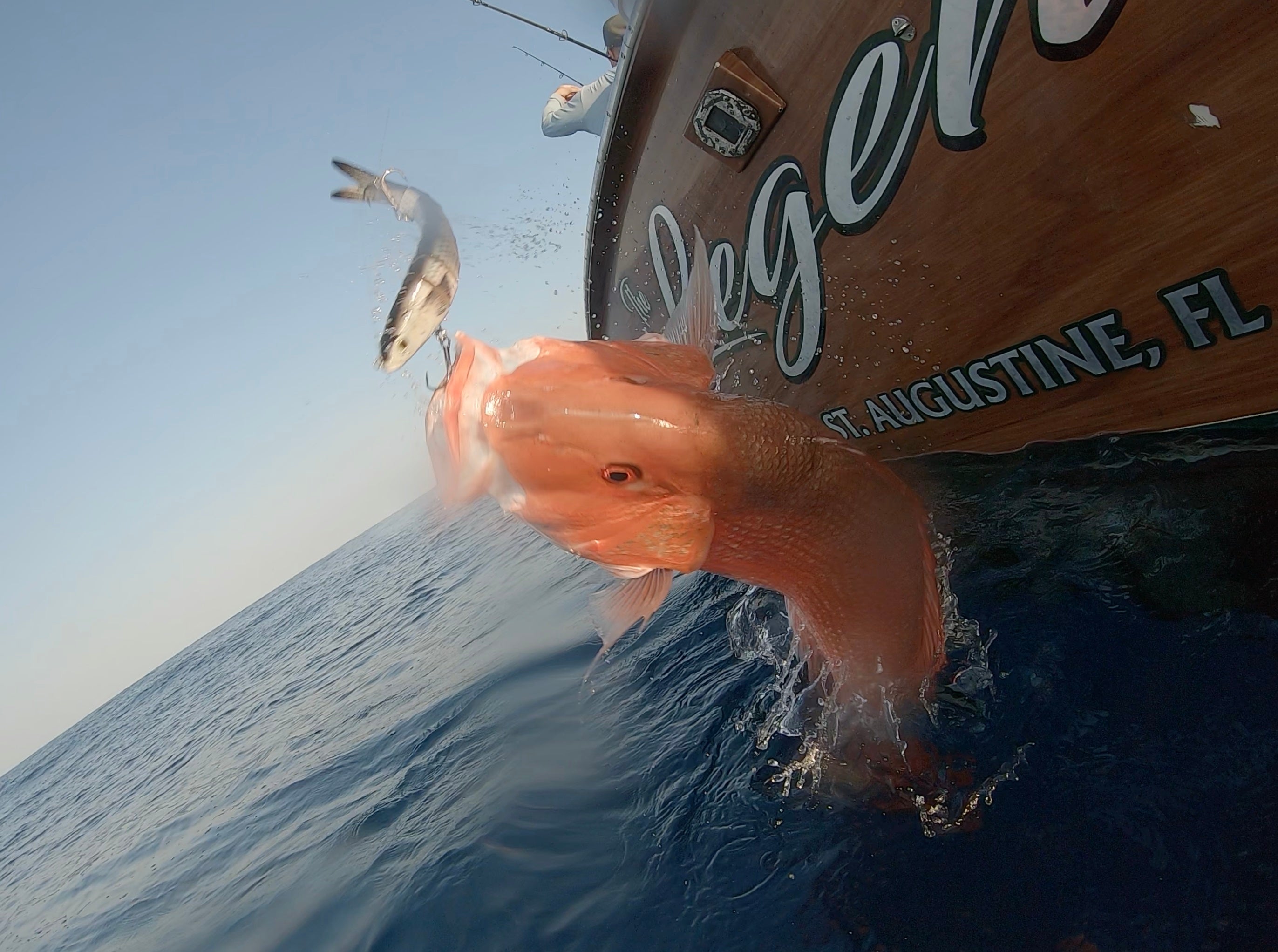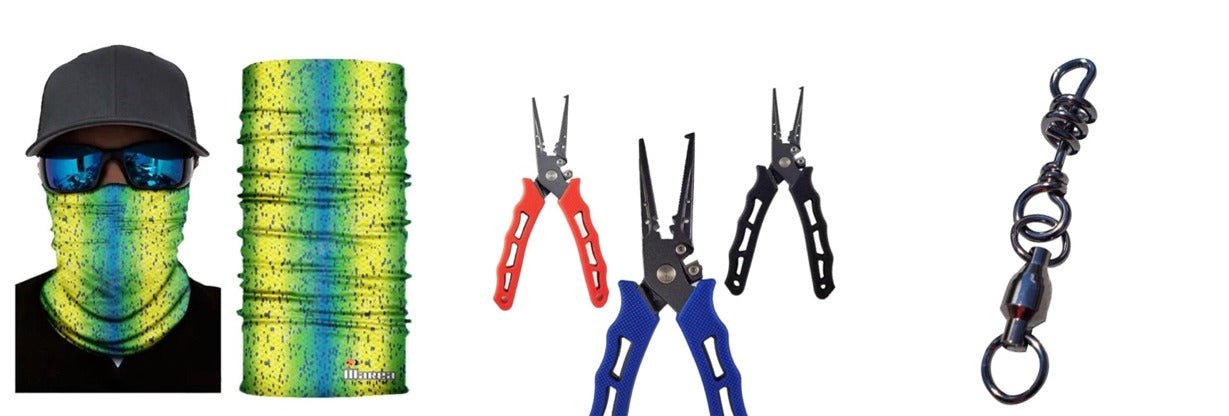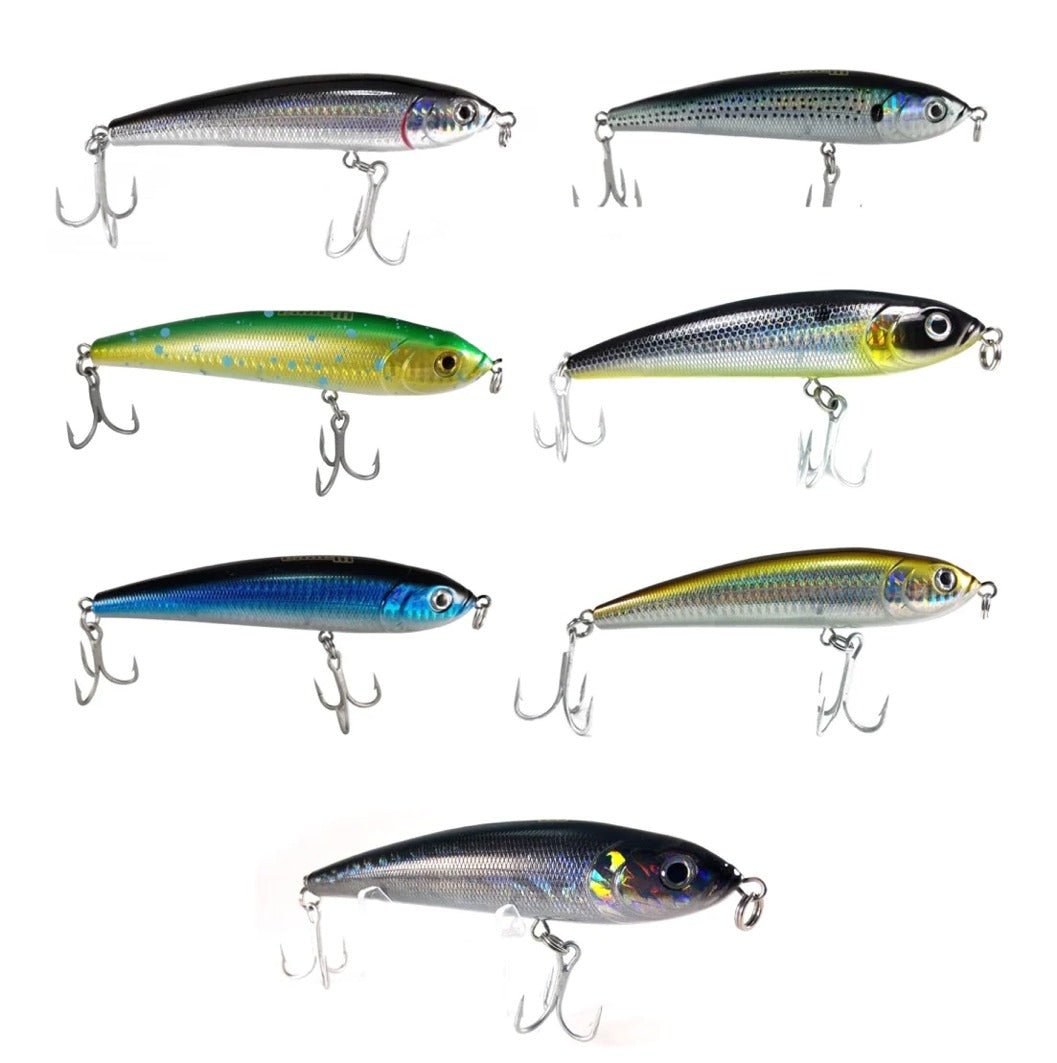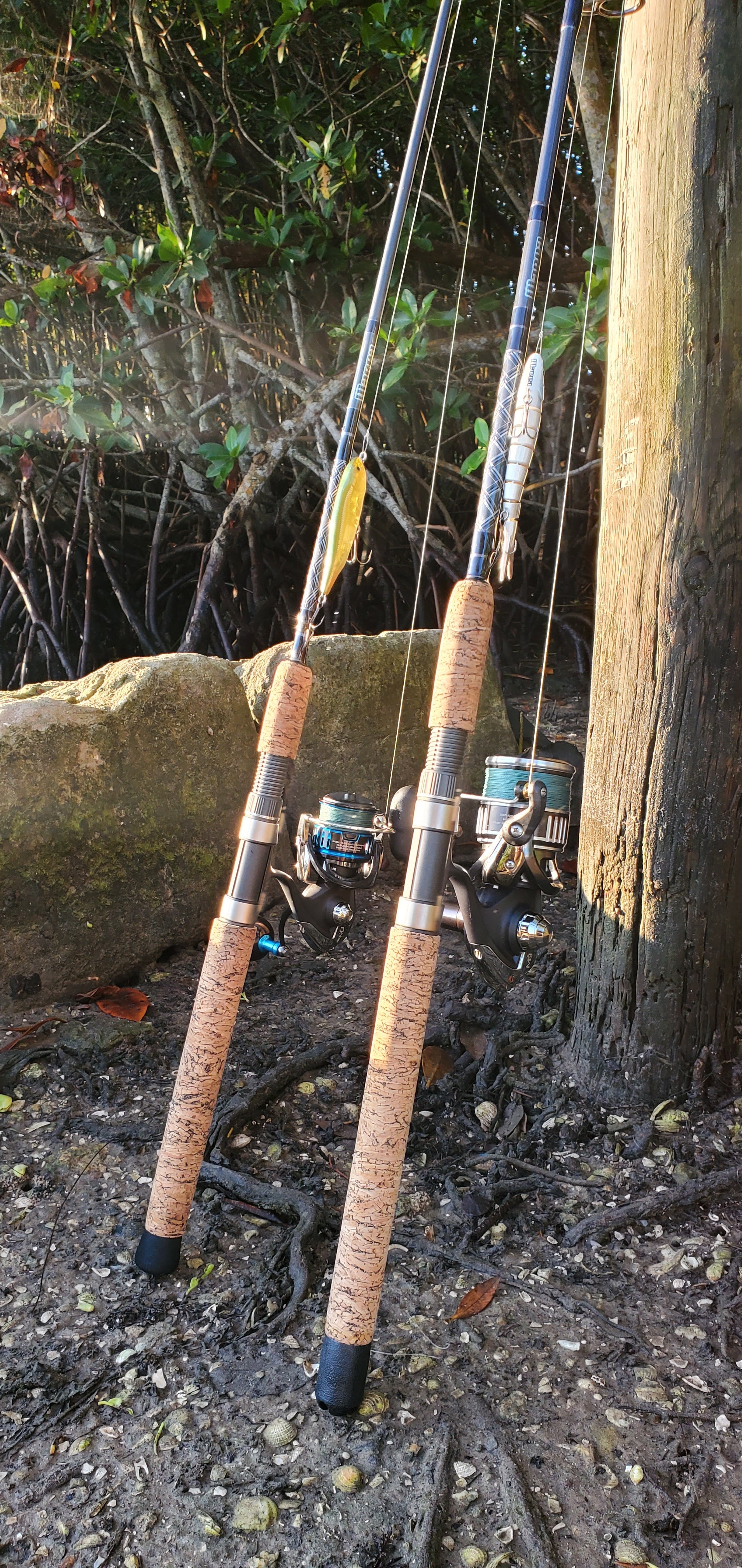Inshore Catches with Small Artificial Lures
As winter blankets the inshore waters of Florida, anglers might think it's time to store their gear and wait for spring. However, the colder months can be surprisingly productive while also consistent for targeting large inshore species, especially when armed with artificial lures featuring a small profile. In this article, we'll explore the nuances of winter fishing and provide practical tips for landing the big ones.
Understanding Winter Behavior of Inshore Species
Inshore species like snook, redfish, and trout react to dropping water temperatures by moving into deeper, warmer waters. They become more lethargic, feeding less frequently but still responding to the right kind of lure. Understanding their seasonal behavior is key to locating them.
- Snook: Snook typically migrate towards warmer waters, such as springs or deep channels. They feed less but will strike at lures that are easy targets.
- Redfish: Redfish can tolerate cooler temperatures and often stay in shallow flats, making them more accessible.
- Speckled Trout: Sea trout seek deeper waters, often congregating in large numbers, providing excellent opportunities for anglers.

The Advantage of Small Artificial Lures
Why small lures? In winter, fish are less aggressive and more likely to go for smaller, more manageable prey. The cooler water temperatures also slow down most fish along with their metabolism, deeming them lethargic or lazy. Large lures often times may be ignored or in most cases even spook fish in the clear, cold water. Small artificial lures mimic the size of the baitfish or crustaceans these inshore species would naturally feed on during the colder months. Their footprint when entering the water is also minimal and less likely to spook larger gamefish when presented correctly.
Lure Selection and Techniques
- Jerkbaits or twitchbaits: These are ideal for imitating small baitfish. Use a slow, steady retrieve interspersed with jerks to mimic a wounded baitfish.
- Soft Plastics: Soft plastic jigs imitate shrimp or small fish. Work them slowly along the bottom, where fish are likely to be holding.
- Spoons: Small, shiny spoons can be effective, especially in clear water. Their reflective surface mimics the flash of a fleeing baitfish.
- Topwater Lures: While less common in winter, on warmer days, topwater lures can still entice strikes from larger, more aggressive fish.

Location and Tactics
Deep Channels and Holes: Fish congregate in deeper, warmer areas. Drifting or anchoring near these spots and casting small lures can be effective.
Docks and Structure: Snook, in particular, like to hold near structure. Casting small jerkbaits or soft plastics around docks can yield surprising results.
Flats: On sunny days, shallow flats can warm up quickly, drawing in redfish and trout. Sight casting with small lures can be very productive.
Tackle Considerations

- Stick with light to medium action rods with a good backbone for casting small lures and fighting big fish. Finding a rod blank with a fast action tip will help control and manipulate the lure to get the require action out of the bait to trigger a strike. Spinning reels are preferred for the ease of use and ability to cast lighter lures. Daiwa’s Saltist MQ 3000 is a perfect match and excels with a buttery smooth drag system yet sufficient line capacity to cope with blistering runs from Snook, redfish, speckled trout and many other saltwater gamefish.
Line:
- Braided line in the 10-20 lb range like Power Pro or Daiwa’s J Braid provide sensitivity and strength, paired with some Seaguar premier fluorocarbon leader in the 20-30lb class for invisibility. Combing the stealth of the fluorocarbon with the sensitivity of the multi-filament line will keep you casting flawlessly at the mangroves, connecting with fish after fish.
Hooks:
- Ensure your lures have sharp, high-quality hooks for better hooksets like Rapala’s 4x strong saltwater treble hooks. After enough time on the water and losing fish due to hooks breaking or bending out, the mindset quickly shifts to deploying the best gear available.
Adapting to Conditions
Weather conditions can change rapidly in Florida winters. Adapting to these changes is crucial. On windy days, seek sheltered areas. On warmer days, target shallower flats. Always be prepared for sudden weather shifts.
Conservation and Safety
While targeting big inshore species in winter can be exhilarating, it's important to practice catch-and-release, especially with species like snook, which are sensitive to handling and temperature changes. Swapping out treble hooks for singles is widely practiced amongst seasoned saltwater guides and captains. Not only does this avoid hurting the fish but also helps diminish the changes that anglers get impaled with a not needed piercing in their arm, leg, or worse places. Interestingly enough, uses single hooks doesn’t really effect the hook up ratio as well, especially when throwing smaller profile lures. When the fish eat it, they EAT! Always handle fish with care and respect the local regulations.
Safety is paramount. Winter weather can be unpredictable, so always check the forecast before heading out, however in Florida it’s easier said than done. Weather shifts quickly, so it’s always a good reserve plan to half raingear on board on any given day. Dress in layers and always wear a life jacket.
Conclusion
Winter fishing for big inshore species in Florida is not only possible but can be incredibly rewarding. With the right approach, small artificial lures can yield impressive results. It's a time of year that tests an angler's skill and understanding of the fish and their environment. So, gear up, brave the cold, and you might just land your biggest inshore fish yet.
